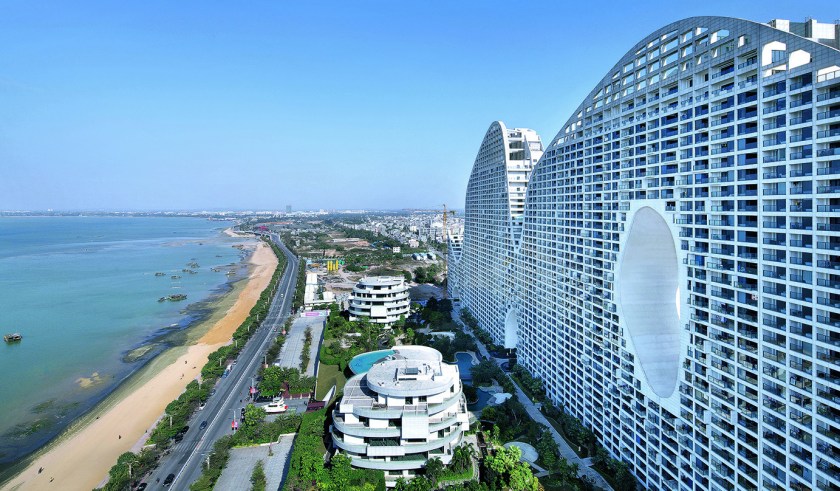
One of the world’s greatest architectural firms is building towards something unique in Chinese cities, and now the organic-like aesthetic of their marvels of skyscrapers are visible closer to home.
Arguably the most important contemporary architecture firm to come out of China in the last 15 years, MAD Architects is a global architecture that develops futuristic and tech-driven designs that employ an affinity for nature—one that’s common in the Eastern hemisphere. The firm’s leader Ma Yansong, a central figure in the industry, has pushed MAD to strike a balance between form and function.
Yansong is the author of a new book, Mad Works, that celebrates his firm’s contributions to global architecture. The book, the first complete review of the studio’s work, is illustrated with 300 photographs, architectural drawings, and 3D renderings that provide a throughout exploration of MAD’s international portfolio of complete works, unbuilt projects, and future ideas.
MAD rose to prominence for its work in China—including the Harbin Opera House, the Conrad Hotel, and the Ordos Museum. Outside of its home country, the firm’s global presence is also unparalleled for a Chinese architecture practice with projects completed in Canada and Japan. MAD also has ongoing projects located in Italy, France, Turkey, Thailand, Brazil, and the United States.
Organized thematically, Mad Works is a comprehensive architectural monograph that explores the underlying concepts in 28 of those architectural works and reveal Yansong’s attitude toward structure design. He compares architecture to a fish tank, in the way humans interact with and inhabit it. “Like fish, humans are individuals with character and feelings,” Yansong writes, “and should not be limited to living within the generic geometric confines of a box.”
Mad Works is available via Phaidon for $79.95. You can order a copy here, but enjoy a preview of the book below first.
This article was featured in the InsideHook newsletter. Sign up now.